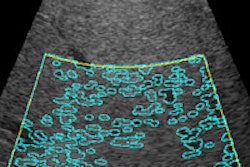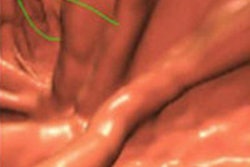Dear Advanced Visualization Insider,
The fast-paced evolution of software, printing technology, and materials is pushing the boundaries and the possibilities of 3D printing. For military personnel who have lost limbs in recent wars, state-of-the-art prostheses made with 3D printing can be a lifeline to the activities they once loved.
Researchers at Walter Reed National Military Medical Center are restoring not only the ability to walk and carry objects, but also the chance to perform activities such as ice skating, weightlifting, and toasting a loved one with fine crystal stemware. Find out how they're doing it in this issue's Insider Exclusive.
Advanced image analysis is at the forefront of today's computer-aided detection systems, with options for identifying anatomy and pathology ranging from low-level analysis of histogram data to deep machine-learning algorithms that can be a little too opaque for some people.
In between these two extremes, investigators from the U.S. National Institutes of Health have developed what they hope could be the Goldilocks solution: analysis of midlevel CT image data containing shapes that can only belong to the target anatomy, in this case enlarged lymph nodes. The results are simplifying yet another tedious and error-prone manual segmentation task, as you'll see here.
It's no secret that radiologists are largely unsatisfied with today's workstations; over the years, many have offered ideas for how they can be made more efficient and less frustrating. In fact, someone just surveyed users to solicit their ideas in earnest, and the results are quite interesting. What would you like to see in a workstation?
Finally, ultrasound is being used to stage liver steatosis, or fatty liver. In doing so, it is taking on the formidable gold standard of MR spectroscopy, according to a study in Ultrasound in Medicine and Biology. How does the ultrasound application work and how did it perform? You can find out here.
We invite you to scroll through the links below for the rest of the news in 3D and advanced visualization, including an article about why 3D goggles can make you queasy, right here in your Advanced Visualization Community.



















